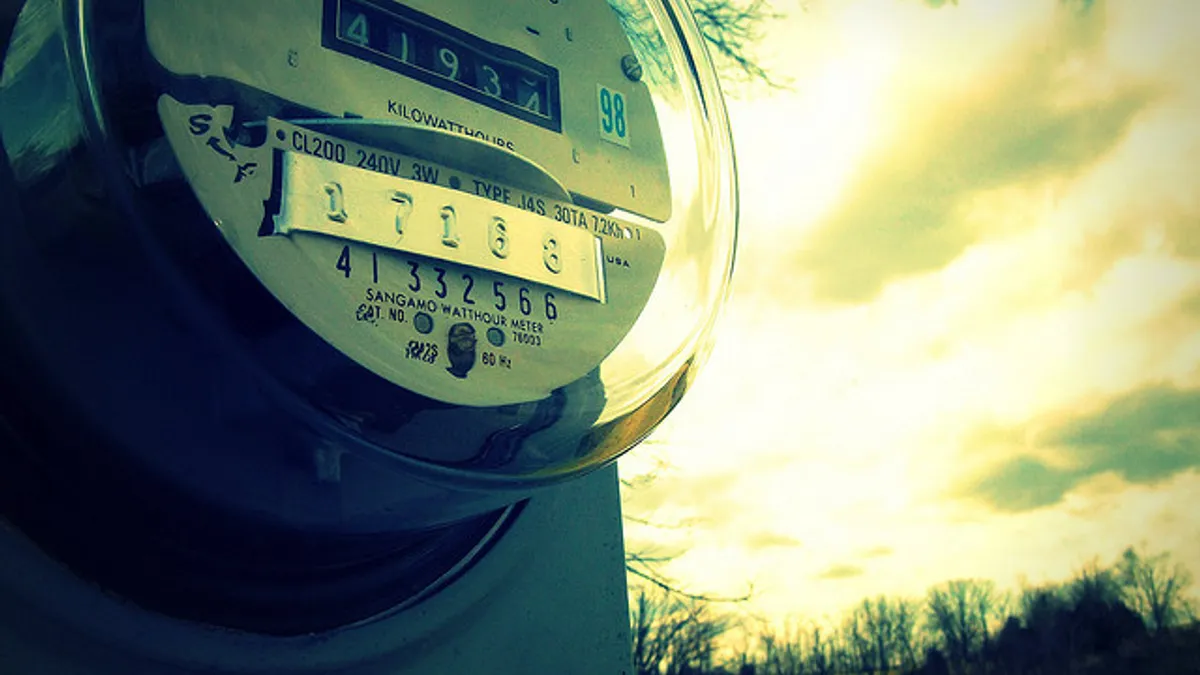Dive Brief:
-
Indianapolis Power & Light (IPL) reached a settlement agreement with ratepayer interest groups last Thursday that largely avoids a controversial fixed charge increase requested by the utility.
-
IPL had proposed a fixed charge increase from $17/month to $27/month as part of an $88 million rate case, but rolled that request back after opposition from renewable energy and consumer advocates. Under the new deal, only customers with the lowest power usage would see their charges increased.
-
The agreement is subject to changes and approval from regulators. Testimonies from the settlement parties are set to start Monday before the Indiana Utility Regulatory Commission, with a hearing scheduled for August 9.
Dive Insight:
Indiana’s residential solar market remains fragile after the state legislature voted in 2017 to phase out the net metering program when it reaches 1.5% of peak demand, or by 2022.
IPL net metered customers are not close to that cap, a spokesperson said, with their generation representing “only a small fraction” of the capacity available.
But fixed charge increases can stifle distributed resource growth even in places with active net metering, the solar industry says. Unlike the volumetric portion of a consumer’s electricity bill, which charges based on power use, the fixed charge must be paid in full regardless of usage, diminishing the impact of rooftop solar or efficiency upgrades on customer bills.
Under IPL’s settlement, fixed charges will have “relatively small changes,” according to the utility.
Customers that already use more than 325 kWh/month from IPL will not see an increase to their $17 fixed charge, already the highest among investor-owned utilities in the state.
Meanwhile, residents using less than or equal to 325 kWh/month would see an increase of $1.25/month. Under the initial request filed by IPL, monthly charges for those low-usage customers would have increased by $4.75 to $16/month.
Keeping the monthly residential charge flat "is a benefit for all residential customers but clearly has the strongest benefit for customers who have made the most efforts to conserve energy," Anthony Swinger, director of external affairs at the Indiana Office of Utility Consumer Counselor, wrote in an email.
The settlement also includes language regarding a community solar pilot proposal within a year, which Swinger noted as a key benefit to distributed generation customers.
IPL attracted criticism for its tactics in the rate case, particularly its scrutiny of customer energy usage for Indianapolis residents who filed comments against the fixed charge increase.
Even so, the negotiations were more accessible to stakeholder and consumer representatives than previous rate cases, according to Kerwin Olson, executive director of Citizens Action Coalition of Indiana (CAC), a public interest nonprofit involved in the proceeding.
However, he said, public involvement in utility rate cases is still challenging due to the high cost of legal representation.
"It's incredibly difficult for public interest groups to participate in the [settlement] process," Olson told Utility Dive.
The fixed charge debate arose as part of a $124.5 million rate increase requested by IPL last December. After the passage of the Tax Cuts & Jobs Act, which lowered corporate taxes, the utility reduced the proposed increase to a $88.3 million this year.















